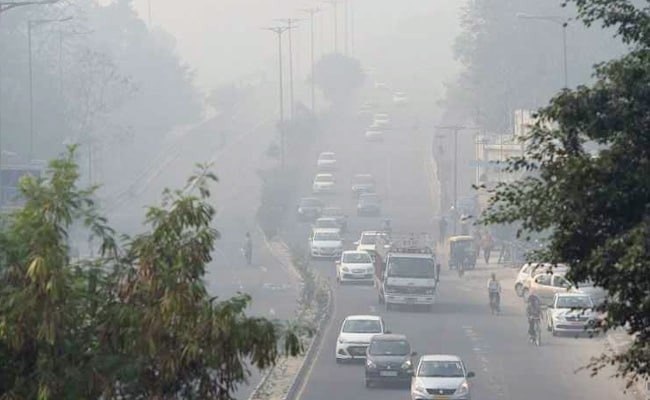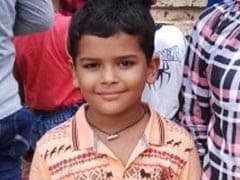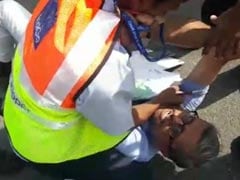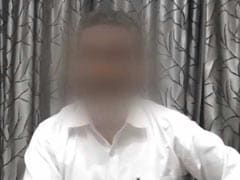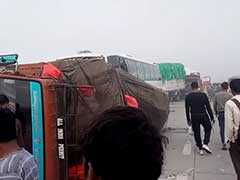The capital struggled with the worst smog and pollution this year, worse than a day after Diwali, as a brown haze hung heavy.
The green panel has recommended reduced fares in the Delhi metro for off-peak hours for at least 10 hours and the return of the odd-even scheme to regulate the number of cars.
The rapid fall in air quality and visibility began last evening as moisture combined with pollutants.
By 10 am today, the Central Pollution Control Board recorded 'severe' air quality, which means a Graded Response Action Plan would kick in.
If the situation deteriorates and persists for at least 48 hours, the task force will recommend shutting schools and enforcing the odd-even car rationing scheme.

Delhi has experimented with the odd-even traffic plan to check runaway air pollution
The last time air had turned 'severe' was on October 20, a day after Diwali festivities, when firecrackers were burst across the city.
Since then, the pollution monitors have been recording 'very poor' air quality, which is comparatively better than 'severe' but alarming according to global standards.
A 'very poor' Air Quality Index comes with the warning that people may develop respiratory illness on prolonged exposure.
According to private weather forecasting agency Skymet, wind from neighbouring Punjab and Haryana, where paddy stubble burning is in full swing, has started entering the city during the afternoon hours.


